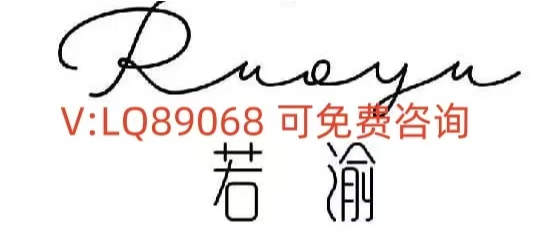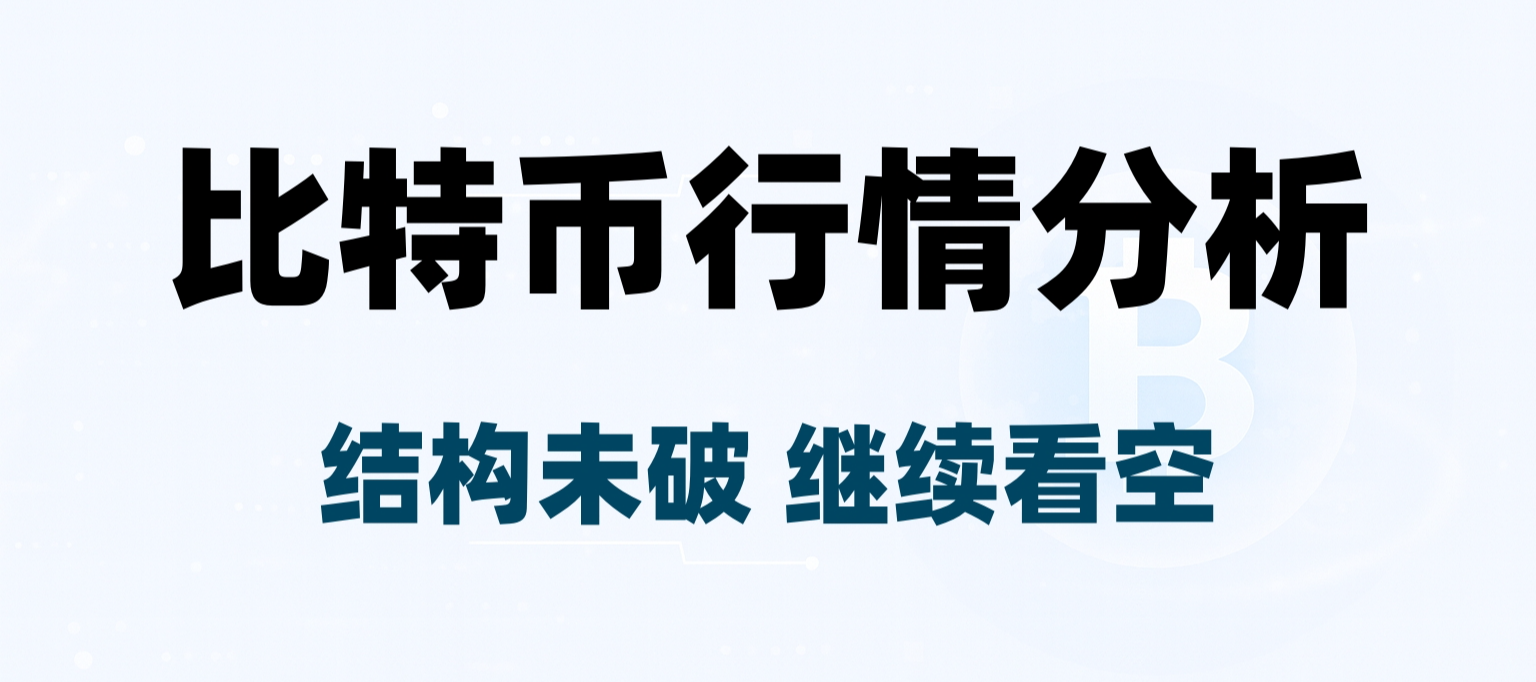Interview: flowie, ChainCatcher
Guest: Eric Wang, Head of Business at Analog
Organized by: flowie, ChainCatcher
Recently, the full-chain interoperability protocol Analog announced the completion of a $5 million expansion seed round financing, with investments from Foresight Ventures, Gate Ventures, and others, resulting in a post-investment valuation of $300 million.
In February 2024, Analog also secured $16 million in seed round financing. The investment team behind it is quite impressive, including Tribe Capital, NGC Ventures, Wintermute, GSR, NEAR, Orange DAO, Balaji Srinivasan, and others.
The backing from numerous well-known investment institutions is attributed to the Analog team's extensive and diverse background in the crypto field. The founding team members have experience from key projects in the crypto industry, including Polkadot, X Fund, Chainlink, and Y Combinator.
In the fiercely competitive cross-chain communication space, Analog aims to address the challenges of fragmentation, centralization, and security in cross-chain interactions. Eric Wang, Head of Business at Analog, stated that Analog positions itself as a "one-stop" shop for cross-chain developers, dedicated to meeting all native cross-chain DApp development needs, allowing developers or users to seamlessly use different blockchains under a single, unified application.
In 2025, Analog will actively expand into innovative areas such as AI data oracles, RWA interoperability, and cross-chain memes, aiming to become the most widely adopted "chain abstraction" product.
Analog announced its mainnet launch last December and began its token public offering in January this year. What differentiated paths and key roadmaps does Analog have for 2025? What growth opportunities remain in the cross-chain communication space? Recently, Eric Wang shared insights during an interview with ChainCatcher.
Analog's Differentiated Path
1. ChainCatcher: Can you share how you entered the crypto field? What significant work experience and achievements did you have before joining Analog?
Eric Wang: I graduated with a bachelor's degree from UCLA and later pursued a master's and PhD in chemistry at Stanford. During my PhD studies at Stanford, I paused my academic career to start a business and co-founded ROK Capital, a crypto hedge fund that has invested in over 40 projects, raising about $30 million.
I have also had the privilege of contributing to global cryptocurrency events, such as Korea Blockchain Week, and providing strategic advice to some top Web2 companies.
Additionally, I co-founded a decentralized storage company, Archon Technologies, with friends. Later, while working at the Web3 infrastructure company Parity Technologies, I progressed from ecosystem development to the role of strategic growth director and led the establishment of the Substrate Builders Program, facilitating some important collaborations.
Currently, I also provide strategic advice to several well-known projects within the Polkadot ecosystem. I feel fortunate to combine my technical background with business experience to build in the blockchain and crypto industry.
2. ChainCatcher: From public information, it seems that other founding team members of Analog come from well-known projects like Polkadot, X Fund, Chainlink, and Y Combinator. Could you please provide a detailed introduction to Analog's founding team members? How do they support the development of the Analog project?
Eric Wang: Chief Architect Victor Young plays a crucial role in Analog's strategic development. He graduated from the University of Waterloo, with expertise in cryptography, security, distributed systems, full-chain frameworks, and privacy. He has a deep understanding of blockchain and decentralized protocols and excels at designing innovative business models.
Victor Young has also accumulated key experience in developing startups at several well-known companies, including Hyperloop, DocSend, and eNet. He built the first actuarial auto-underwriting and policy binding application for a Fortune 100 life and health insurance company, reducing the underwriting process from 8 weeks to just 8 seconds. He also scaled a company from zero employees and contractors to 500 without any venture financing.
Co-founder Sanchal Ranjan currently oversees product development, token economics, and financing at Analog. He is a founding member of OrangeDAO and has a consulting background at companies like Deloitte and KPMG. Sanchal Ranjan previously built a B2C co-living platform funded by YC, which was acquired by Tiger Global's portfolio.
3. ChainCatcher: What was the original intention of the founding team when establishing the Analog project? What vision and goals do they hope to achieve in the blockchain field?
Eric Wang: Currently, the Web3 blockchain data space is fragmented, with users, assets, applications, and ecosystems operating independently. Existing blockchain bridges, while useful, are mostly temporary solutions that are centralized and vulnerable to attacks. These attacks erode trust and pose systemic risks to the blockchain ecosystem.
Is there a way to safely allow users and developers to interact with users and dApps on any platform?
This is where Analog comes in. Analog is a trustless full-chain interoperability protocol that provides powerful low-level communication primitives for building diverse cross-chain applications. Engineers can implement cross-chain applications, such as cross-chain decentralized exchanges (DEX) or multi-chain yield aggregators, without relying on trusted custodians or wrapped assets.
Analog is committed to enabling direct, trustless transactions between all chains, integrating decentralized liquidity, and empowering users to fully utilize different chain applications. We are creating the network structure for a fully connected full-chain ecosystem of the future.
4. ChainCatcher: The cross-chain communication space is highly competitive. Who are Analog's main competitors in the crypto market? What are Analog's differentiated paths and competitive advantages compared to them? What unique aspects does Analog's technical architecture have?
Eric Wang: Analog's main competitors include Axelar, LayerZero, Chainlink, Gelato, Wormhole, Graph, and Hyperlane. These competitors typically focus on 1-2 cross-chain development services, requiring developers to integrate multiple products to build DApps.
In fact, most interoperability solutions currently make it difficult for developers to create seamless applications. Analog, on the other hand, allows developers or users to seamlessly use different blockchains under a single unified application. This means that smart contracts deployed on multiple chains can work closely together, making it easier for developers to view them as part of a single subsystem.
The AnalogOne SDK provides developers with a single access point to seamlessly integrate all products. Developers can use Watch (for data), GMP (for sending transactions/assets), and Automation (for automating business processes) individually or together. This reduces the need for multiple integrations and provides a more efficient and coherent development experience.
Additionally, Analog offers native cross-chain functionalities that competitors lack. For example, Analog Automation allows for setting conditions and triggers across different chains, making it easier to automate cross-chain workflows. Watch can aggregate data across multiple chains, unlike Graph, which requires setting up subgraphs for each chain separately.
Analog also takes a different approach to security. Analog provides customizable security parameters for different transactions. Currently, Axelar uses a single parameter for all transactions, lacking flexibility. LayerZero's security is defined by the application, which cannot provide guarantees.
Moreover, Analog is built on Substrate, which offers the advantage of easy upgrades, ensuring that new proof mechanisms can be easily implemented, which differs from competitors. By addressing these key aspects, Analog positions itself as a "one-stop" shop for cross-chain developers, meeting all native cross-chain DApp development needs.
Three Common Challenges in Cross-Chain Communication
5. ChainCatcher: Cross-chain communication projects are often criticized for being insufficiently decentralized and vulnerable to significant security attacks. What is Analog's response to this?
Eric Wang: Our approach centers around Timechain, an independent blockchain that employs a nominated proof-of-stake (NPoS) consensus mechanism, ensuring that all network activities are transparent and verifiable. This decentralized framework eliminates single points of failure and significantly reduces vulnerability to security attacks.
Additionally, after our token generation event (TGE), we plan to implement a more decentralized governance structure, drawing on Polkadot's OpenGov model, empowering the community in the decision-making process.
6. ChainCatcher: What common challenges does the industry still face in solving cross-chain communication interoperability?
Eric Wang: Cross-chain interoperability faces critical barriers, but Analog is developing solutions that can redefine possibilities:
First, fragmented standards and complexity. Most protocols force developers to choose between incompatible systems (like IBC vs. CCIP vs. LayerZero). Analog Watch addresses this issue with a cross-chain view—a unified query layer that can aggregate data from any chain in a single request. It can be seen as SQL for Web3: designers create no-code automation rules, collectors are rewarded for maintaining data integrity, and consumers seamlessly query through our SDK. No more piecing together isolated protocols.
Second, centralized bottlenecks and security risks. Bridges and validators remain major attack vectors. Analog's GMP eliminates the pre-registration requirement for contracts—this is an industry first—and provides a Boost mode for instant transactions, bypassing slow validations. Each transaction is protected by our Byzantine fault-tolerant consensus and time-proof protocol, with end-to-end tracking on Analog Explorer. Furthermore, our decentralized automation does not require centralized servers to operate.
Third, misaligned incentives and governance. Projects often prioritize short-term growth over ecosystem health. Analog's token economics balance rewards among designers, collectors, and consumers, while our governance draws on Polkadot's iterative model. After the TGE, stakeholders will drive upgrades through on-chain voting—without a centralized team controlling progress.
In addition, Analog is also working to broaden its boundaries, not limited to the crypto field. Analog is attempting to connect on-chain systems with traditional financial systems. By combining our SDK's customizable trust model (optimized for speed, cost, or security), we are not only addressing interoperability issues but also aiming to build infrastructure for a unified financial ecosystem.
7. ChainCatcher: Analog recently launched its mainnet. Can you share the features of the mainnet launch and what upgrades have been made? What are the upcoming plans?
Eric Wang: In the initial phase, the mainnet operates as a Proof of Authority (PoA) network, laying the groundwork for subsequent runtime upgrades to gradually add Analog's core functionalities before the token generation event (TGE). By the time our token launches, our mainnet will feature NPoS consensus mechanism, cross-chain messaging, cross-chain querying, and more.
After successfully completing the three-phase testnet, the mainnet will enable true decentralization and interoperability solutions for developers, protocols, and users. Analog has now become a one-stop interoperability platform, providing a seamless tech stack for building cross-chain applications. By achieving complete smart contract execution across multiple chains, developers can create complex applications that respond to multi-chain ecosystem events.
The Analog testnet activities have exceeded expectations, attracting over 12 million website visits and over 400,000 participating accounts. In Analog Watch, users have listed over 290,000 smart contracts and created over 1.9 million datasets on supported chains. More than 42,000 users have completed the Proof of Humanity (PoH) verification, and this number is expected to grow significantly by the time of the TGE.
The launch of the Analog mainnet marks a significant advancement in providing a secure and scalable platform for decentralized applications. With a simple, developer-friendly toolkit and a growing ecosystem, Analog aims to redefine the standards for future multi-chain experiences.
8. ChainCatcher: Analog recently started a public sale. Can you share the details of the token generation event (TGE) and airdrop plan? How has the token public sale progressed so far?
Eric Wang: The public sale is taking place on Fjord Foundry and Republic, achieving initial success.
Regarding the airdrop, on January 15, the incentivized testnet tasks and ATP point accumulation were officially discontinued. We notified each participant to ensure they had enough time to connect their Substrate wallets and Discord accounts.
By January 18, the first batch of eligible addresses was whitelisted based on all connected Substrate addresses, and the first batch of users' claim website went live on January 19. We have conducted four rounds of token distribution so far.
For any remaining eligible users, additional batches may be introduced. It is important to note that any unclaimed rewards will be returned to the Analog ecosystem fund after six months.
To maintain fairness in the process and recognize everyone's efforts, we distribute rewards as follows:
The first 91.7% of participants receive rewards based on a square root calculation.
PoH users receive an additional reward boost, starting with a minimum of 205 tokens.
5% of the token supply is reserved for the community, with validator rewards to be distributed later.
9. ChainCatcher: What is the current status of Analog's ecosystem development? What are the key partners?
Eric Wang: Currently, over 50 projects are using or committed to using Analog for development across various fields.
For example, the NFT marketplace Rarible, which has over $350 million in total trading volume, allows users to mint and store NFTs on any blockchain supported by Analog, enabling an NFT originally created on Ethereum to be minted and stored in a Solana wallet. This eliminates the need for users to deal with blockchain complexities, providing a seamless experience.
The multi-chain DAO creation and management platform StationX utilizes Analog's automated workflows to streamline cross-chain processes, from fund allocation to trigger-based actions, aiming to make DAO management more efficient and user-friendly.
The AI agent protocol Parami leverages Analog to enable AI agents to interact within decentralized communities across multiple chains.
The decentralized stablecoin project Frax Finance enhances the transparency and accuracy of FXS-USD pricing by integrating Analog Watch to send real-time oracle data across chains.
The decentralized geolocation technology platform XYO uses Analog to enhance accessibility to data supporting DePIN.
The platform Vemo Network, which converts locked crypto assets into tradable NFTs, utilizes Analog's cross-chain technology to lock assets across multiple chains and subsequently present them in NFT form.
We plan to have over 200 ecosystem partners by the end of this year, with at least half of them being active.
AI, RWA, and Memes: Growth Opportunities for Cross-Chain Communication
10. ChainCatcher: What are your expectations for the crypto market in 2025? Where do you see development opportunities for cross-chain communication and Analog in 2025?
Eric Wang: The cross-chain communication space is at the core of blockchain development in 2025. As DeFi, NFTs, and tokenized assets expand across different blockchains, interoperability will become a necessary feature rather than a niche capability.
We anticipate demand growth in the following key areas, giving Analog greater development potential in 2025.
First, AI-enhanced data oracle systems. The rise of AI agents will also require secure cross-chain access to real-time data. Analog is exploring collaborations with AI-driven protocols to provide trusted timestamp data, thereby driving automated decision-making processes in decentralized finance (DeFi) and other fields.
Second, interoperable RWAs. We initially achieved cross-chain tokenization of NFTs through Pixelport. We will leverage the same foundational technology to create interoperable real-world assets (RWAs). We believe this area will continue to grow, and we are currently in discussions with many projects in this field.
Third, cross-chain memes. This year, memecoins have been very popular, but they are mostly active on the Solana chain (with a few on Base). We hope to realize the vision of cross-chain memes. We will soon announce a product that can achieve this goal.
11. ChainCatcher: What other important roadmap projects or goals does Analog have for 2025?
Eric Wang: We are committed to launching products that users truly need.
We have built the core infrastructure. We will launch projects based on Analog in areas such as DeFAI, Memecoin, AI memes, and RWAs. We believe these projects will bring significant excitement and usage to our ecosystem.
We also firmly believe that DeFi will experience a significant revival this year and in the future. We have established partnerships with some major DeFi projects, such as Frax and Asymmetry Finance, and plan to continue expanding such collaborations.
We are dedicated to becoming the most widely adopted "chain abstraction" product.
免责声明:本文章仅代表作者个人观点,不代表本平台的立场和观点。本文章仅供信息分享,不构成对任何人的任何投资建议。用户与作者之间的任何争议,与本平台无关。如网页中刊载的文章或图片涉及侵权,请提供相关的权利证明和身份证明发送邮件到support@aicoin.com,本平台相关工作人员将会进行核查。




